We’ve added photographs to a number of homes in NSW, that provide a snapshot of children’s daily life in care. Many of the photographs contain children, while some are of the homes they lived in, showing where they ate, worked, learned, played & slept.
The photographs, held by the NSW State Archives, were taken by officers of the Government Printing Office as they reported on conditions in homes, so were most likely staged examples of the children’s everyday life.
Dormitories in institutions could be crowded, sparse and cold, providing only beds for the children with little to no other furnishings.
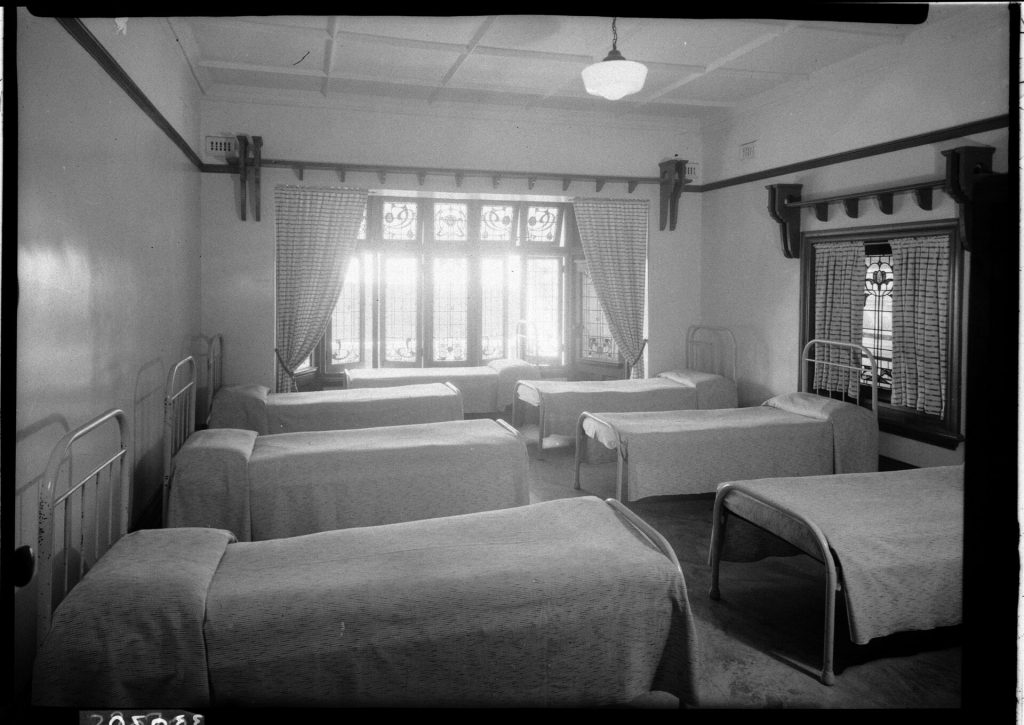
The Mittagong Farm Home for Boys was established in 1906 and underwent a number of changes until finally closing in 1976. The Home included a number of cottages for “wayward and neglected boys”. In 1934, four years before this photograph was taken, a commission of inquiry into the child welfare department by JE McCulloch led to the adoption of recommendations including that “inexpensive slippers or sandals be provided for use on inmates (at present they are barefooted after 5pm)”.
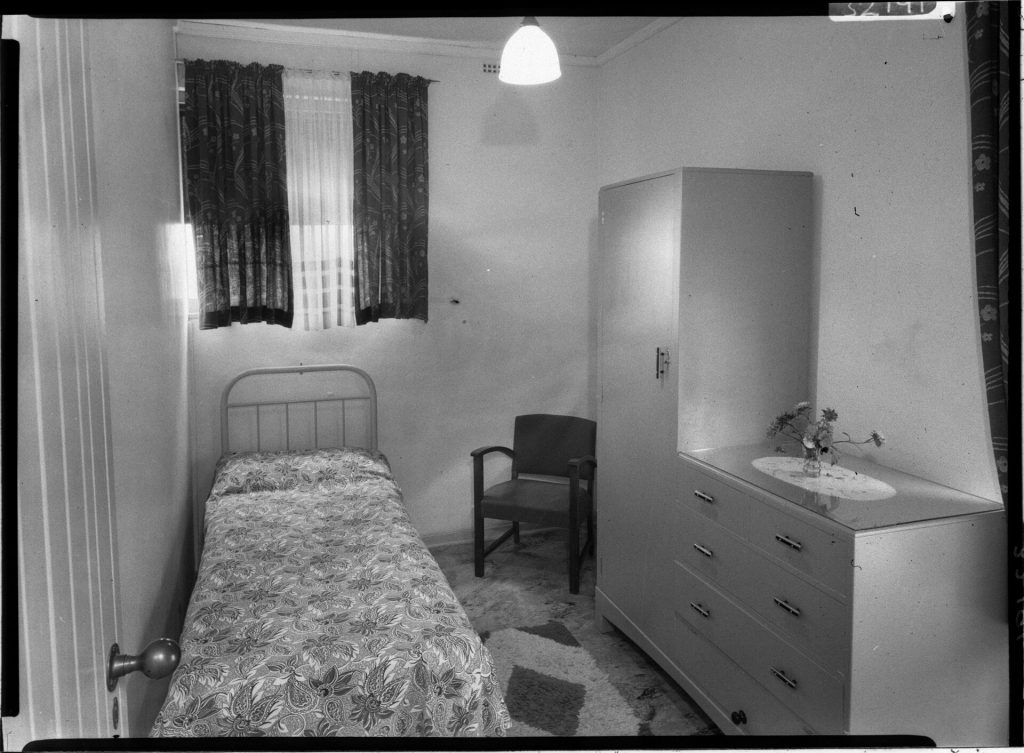
The Thornleigh Girls’ Home (Ormond) was an annexe to the Parramatta Girls Training School – a “privilege” section for girls at the end of their sentences who “responded well to their training”. Two cottage facilities for 28 girls were opened in 1946, two years before this photo of a single bedroom was taken in 1948.
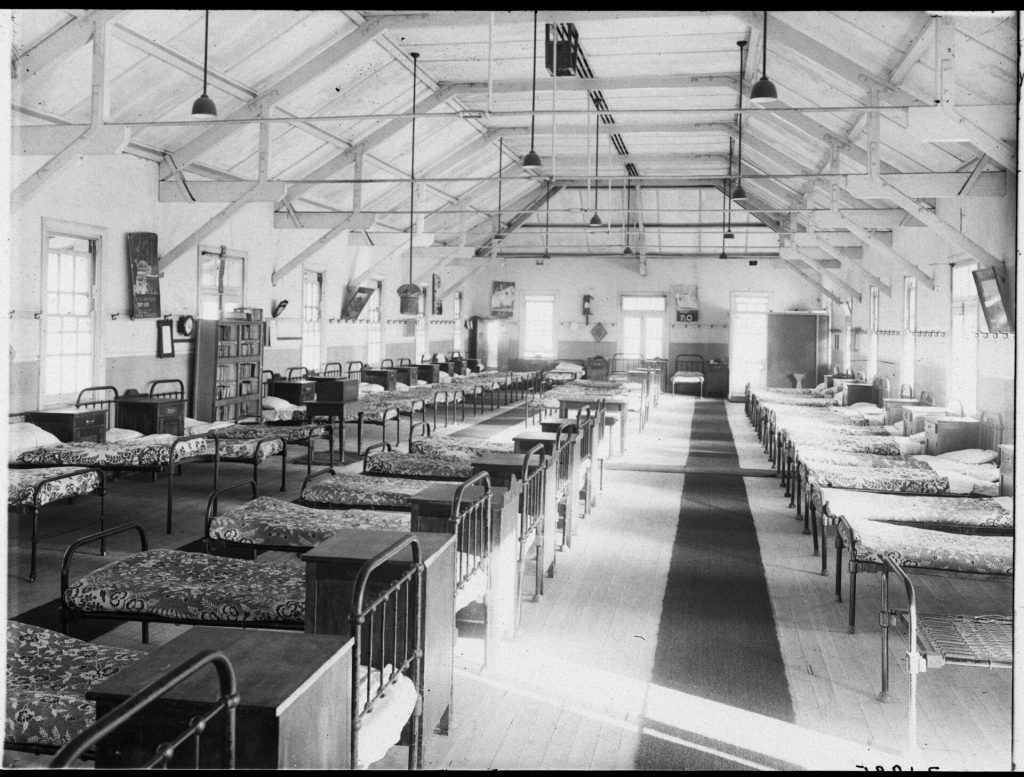
We previously had only a single image from Gosford Training School, and have added an additional two, including this one of a dormitory taken in 1938. Boys aged 13 -18 who had been committed of serious offences or were “unsuitable for training under the conditions of the Mittagong Farm Home” were sent to this industrial school. The boys were allotted to a group and dormitory, earning their transfer to more senior groups and their allocated dormitories until release.
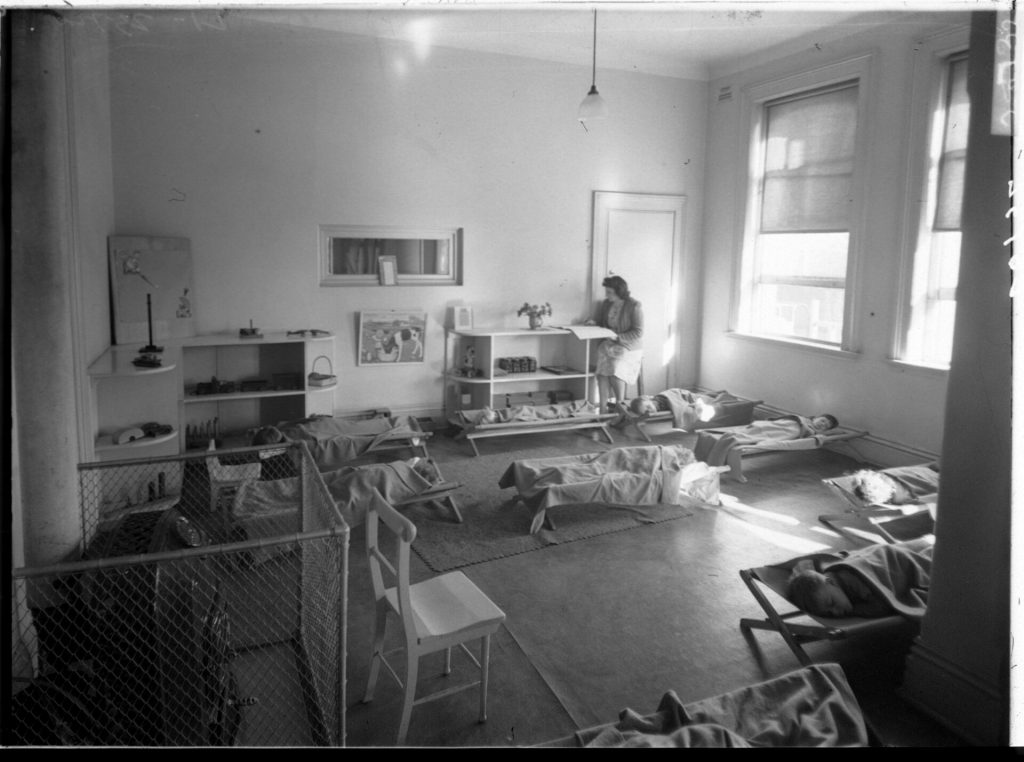
Royal Far West was a popular charity, opening the Drummond Far West Children’s Home in 1935. It became a major convalescent hospital and provided medical, dental and eye services to Aboriginal and non-Aboriginal children from remote areas. A teacher was appointed to the Home to continue the education of children who could be there for up to 12 months at a time. This photograph entitled “Nap Time” was taken in 1946.



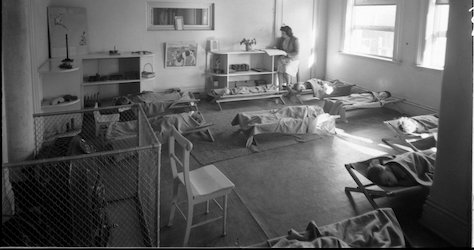
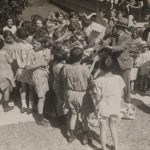
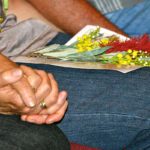

Brian Cherrie
June 9, 2023 8:51 pmDormitories were quite common in children’s homes in the sixties and seventies. Just because we slept in one of these shared rooms, it didn’t guarantee our safety because in a lot of instances these dorms had their main doors locked with supervisors usually having a seperate room running off the main dorm. Depending on who you got as a supervisor was paramount as to your safety.